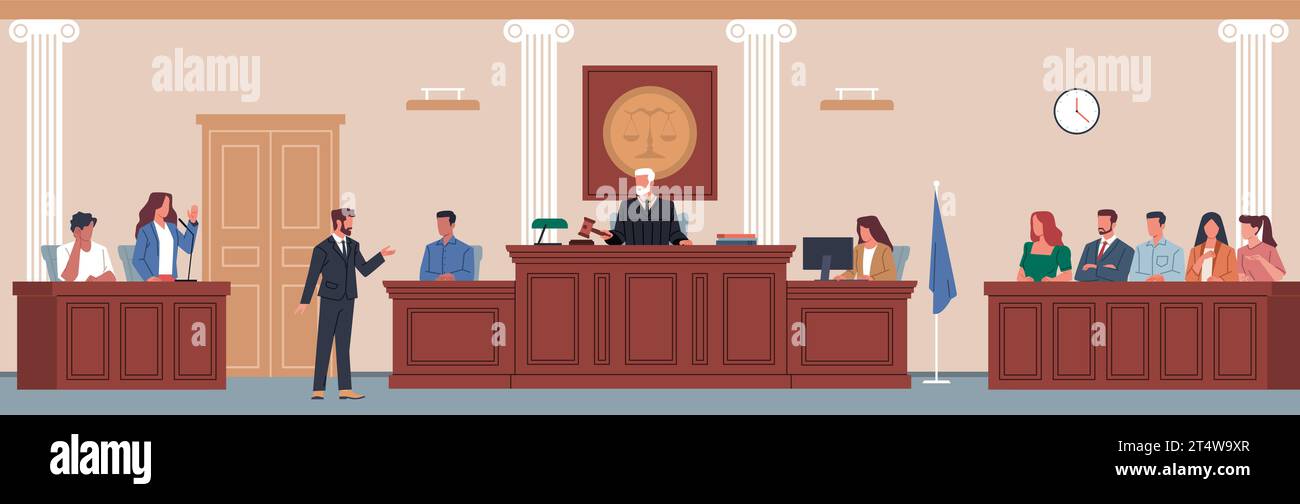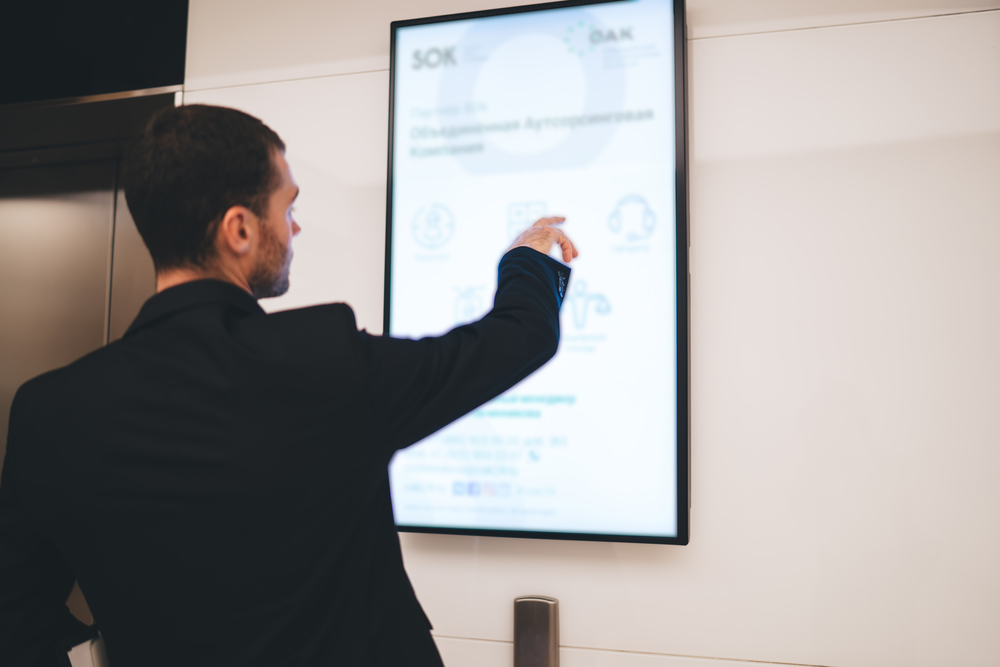Trial attorneys trust professional trial presentations to support their courtroom strategy.
Trial attorneys trust professional trial presentations to support their courtroom strategy.
Blog Article
Just How Trial Presentations Enhance Your Argument and Encourage Jurors
Test discussions serve as a crucial mechanism for improving legal debates and persuading jurors. By incorporating visual aids, narrative frameworks, and psychological engagement, lawyers can produce an engaging instance that resonates on multiple degrees. The strategic use visuals not only makes clear complex details yet also records jurors' focus better than words alone. The art of narration plays a similarly crucial function in transforming valid evidence right into an engaging story, shaping jurors' assumptions. Understanding these aspects can substantially affect trial outcomes, raising the concern of just how each component contributes to this intricate dynamic.

Relevance of Aesthetic Aids
Visual help play an essential role in enhancing the effectiveness of trial discussions, as they can dramatically boost audience engagement and retention of details. In the context of a test, where jurors are tasked with processing facility details, visual aids serve to simplify and make clear key factors. Graphes, charts, and photos can communicate information and ideas that might or else overwhelm or confuse jurors, permitting a more straightforward understanding of the proof provided.
Additionally, aesthetic aids aid in preserving juror attention throughout the proceedings. By damaging the uniformity of verbal testimony, these tools can punctuate critical disagreements, making them a lot more memorable. Reliable aesthetic aids can additionally evoke emotional reactions, which can be crucial in convincing jurors to straighten with the speaker's story.

Crafting Engaging Narratives
An engaging story is vital in test presentations, as it offers as the foundation of reliable persuasion. It allows lawyers to weave with each other facts, proof, and emotional aspects into a systematic story that resonates with jurors. This narrative framework makes it possible for jurors to understand the intricacies of the situation while directing them via the lawyer's argument.
To craft a compelling narrative, lawyers must focus on clarity and coherence. Additionally, the usage of vivid descriptions can create mental images that aid jurors picture the occasions, making the story extra remarkable.
In addition, integrating essential themes throughout the presentation reinforces the core message and aids in retention - trial presentations. The narrative must not only convey details but additionally stimulate a sense of justice, highlighting the stakes entailed. Inevitably, a sound story fosters a link between the jurors and the situation, placing the attorney's debate as both trustworthy and engaging, consequently raising the probability of a beneficial judgment

Engaging the Court Psychologically
Effective court engagement rests on the attorney's capability to connect with jurors on a psychological degree. This link can dramatically impact jurors' assumptions and their supreme decision-making. Making use of sob stories allows attorneys to humanize the case, transforming abstract legal principles into relatable experiences. By presenting real-life stories or testimonials, lawyers can evoke compassion and compassion, fostering a much deeper understanding of the concerns at stake.
Aesthetic help, such as photos or videos, can additionally improve emotional involvement, providing jurors with vibrant representations of the instance's human components. Crafting a story that highlights the battles and accomplishments of the individuals included makes sure that jurors see past the lawful debates and recognize the human consequences of their choices.
A lawyer's passionate distribution can reverberate with jurors, strengthening Going Here their emotional financial investment in the case. It's important to balance psychological appeals with factual proof, ensuring that jurors feel obliged to act while staying grounded in the fact.
Structuring Your Presentation

The body of the presentation ought to be logically fractional into vital points, each sustained by engaging proof. It is useful to make use of storytelling strategies to weave facts into a narrative that jurors can conveniently comply with. Aesthetic aids, such as graphes and videos, can improve comprehension and engagement, helping to highlight essential pieces of proof.
Real-World Situation Research Studies
Examining real-world study offers invaluable understandings right into the art of test discussions and persuasion. As an example, the landmark situation of "O.J. Simpson v. Individuals of California" illustrates exactly how visual aids and compelling stories can guide court understandings. The protection team effectively utilized an approach that integrated high-profile expert testaments with multimedia presentations, which captivated jurors and inevitably influenced their choice.
Another remarkable example is the "McDonald's Coffee Instance," where the plaintiff's attorneys made use of graphic images of the injuries received by Stella Liebeck. trial presentations. This stark aesthetic evidence played an important role in sharing the seriousness of her burns, bring about a considerable court honor. Such cases demonstrate that impactful test discussions often rest on the effective combination of visuals and narration to evoke psychological feedbacks from jurors
Furthermore, the "Casey Anthony Test" highlighted the value of narrative coherence and credibility. YOURURL.com The prosecution's failing to develop an engaging timeline reduced their convincing power, highlighting check my site the need of a well-structured discussion. Evaluating these situations exposes that successful trial discussions call for calculated preparation, psychological engagement, and the ability to resonate with jurors' worths and ideas.
Verdict
Test presentations substantially improve disagreements and encourage jurors via the critical usage of aesthetic help, engaging stories, and emotional involvement. A well-structured presentation balances psychological appeals with accurate proof, inevitably reverberating with jurors' worths.
Report this page